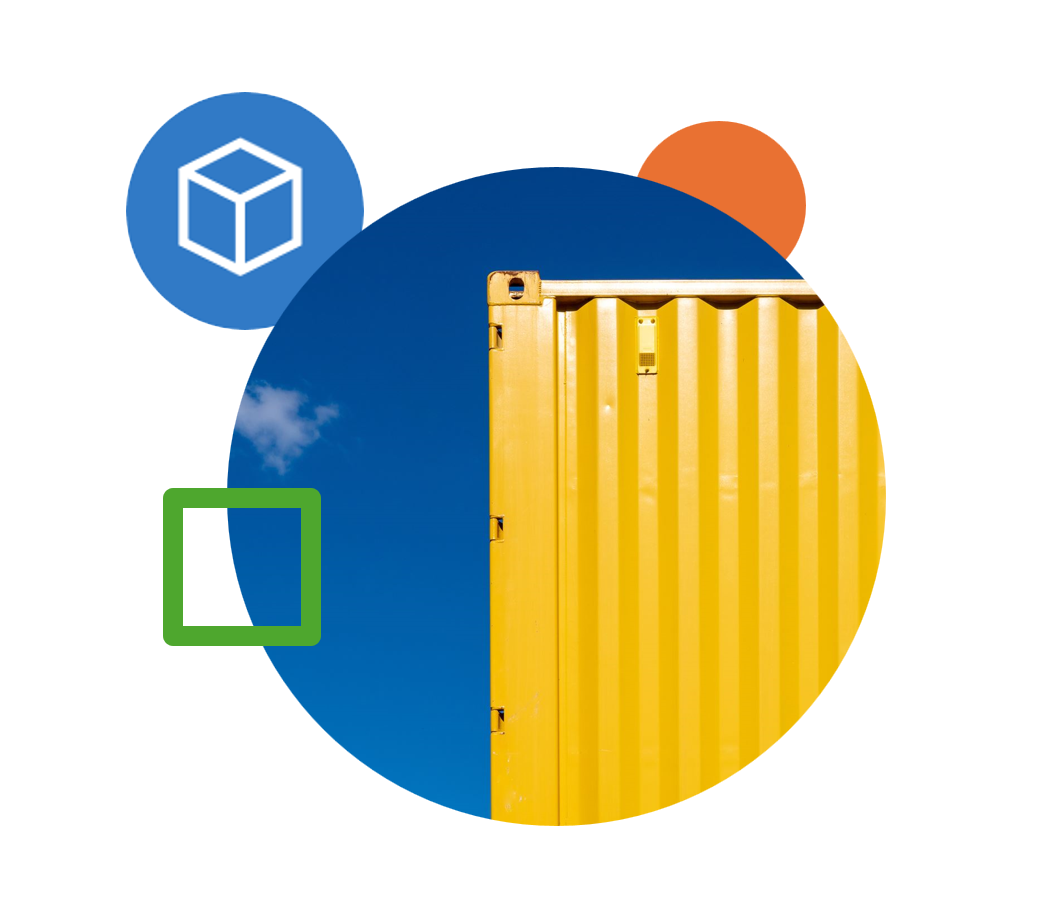
Devcontainers: Goodbye to dependency hassle
Every time a developer starts on a project they need to go through the process of setting up a development environment. This can be a smooth half day work, or an installation / googling frenzy for a week, especially for legacy code.
This is where devcontainers could be a helper.
Devcontainers, or development containers, are a type of containers used specifically for development purposes. They allow you to use containers as a full-featured development environments, providing a way to separate tools, libraries, or runtimes needed for working with a codebase.
How do they work
Devcontainers are using a devcontainer.json file and a Dockerfile to define the container’s configuration. This allows you to customize your dev container with additional tools, extensions, ports, and features.
Benefits of using devcontainers
Consistent environment: Devcontainers provide a consistent development environment for everyone working on a project, reducing the “it works on my machine” problem. Isolation: Devcontainers allow you to isolate your development environment from your local machine, reducing the risk of conflicts between different projects. Easy setup: Devcontainers make it easy to set up a development environment, especially for complex projects with many dependencies.
When to use devcontainers
Devcontainers are particularly useful when working on projects with complex dependencies or when multiple developers are working on the same project. They can also be helpful when working with different versions of tools or libraries, or when you need to switch between different projects frequently.
When not to use devcontainers
Devcontainers may not be necessary for simple projects with few dependencies. They can also add some overhead, so they may not be the best choice for projects where performance is critical. It needs to have a container environment installed (Ex. Docker).
IDE examples
Devcontainers supports a lot of different IDEs and extensions. Here are some examples:
- Visual Studio Code
- Github Codespaces
- IntelliJ IDEA
Test example
- IDE: Visual Studio code dev container extension.
- Code: ASP.NET Core Web API Backend.
- Tested on: Both on Mac and Windows.
How to test: Get code from git, launch VSCode (Ext. Devcontainer) . Ready!
Devcontainer file uses a “ms-dotnettools.csharp” extension which is a C# extension provided by Microsoft. This extension provides features like IntelliSense, code navigation, and debugging support for C# code.
{
"name": "ASP.NET Core",
"dockerFile": "Dockerfile",
"forwardPorts": [5000, 5001],
"settings": {
"terminal.integrated.shell.linux": "/bin/bash"
},
"extensions": ["ms-dotnettools.csharp"]
}
Thoughts
The devcontainer could be verified in a step in the CI / CD. This way keeping it validated automatically and even used to drive the build process.
Last words
I hope this article will help you tackle some of the challenges that come with setting up new development environments.
Here is a good post to start from if you want to learn more.
